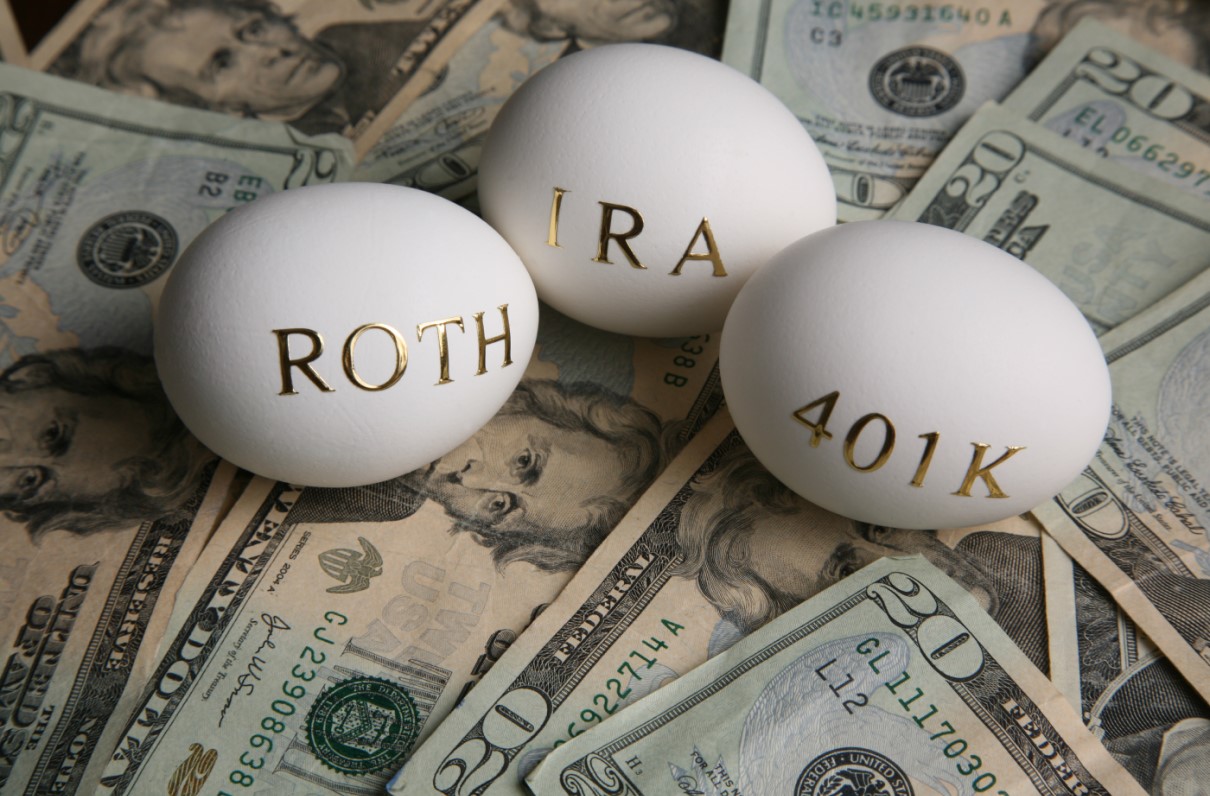Maybe you are hearing rumblings about the SECURE Act, a new law that changes a number of retirement account programs. Here is a summary of the major issues in the legislation – technically known as the Setting Every Community Up for Retirement Enhancement Act of 2019 – that may impact you. A reminder: MOAA has no tax specialists, so consult your tax specialist for details and how the changes apply to you.
Personal Changes
The Required Minimum Distribution (RMD) age has been extended to age 72 from 70½. This change is for people who turn age 70½ starting in 2020; all of you age 70½ in 2019 and before don’t get to delay your RMDs.
Contributions to a traditional individual retirement account (IRA) after age 70½ are no longer prohibited. You can continue your contributions to a traditional or Roth IRA, and a traditional and Roth 401(k), as long as you continue to work. There are no RMDs as long as you are working and contributing (unless you own more than 5% of a company).
The new law eliminates the “stretch” provision for inherited retirement plans. A beneficiary must withdraw all assets of an inherited account within 10 years. It does not matter how the withdrawals are made as long as all is distributed after the 10th year.
[RELATED: Visit MOAA’s Finance Page]
This provision does not apply to the surviving spouse, disabled beneficiaries, beneficiaries zero to 10 years younger than retirement plan owner, or children of the owner less than the age of majority. This will apply to heirs of account holders who die starting in 2020.
It allows the use of tax-advantaged 529 accounts for qualified student loan repayments up to $10,000 annually.
It permits penalty-free withdrawals of $5,000 from retirement plans to defray the costs of having or adopting a child.
Business Changes
The law allows for multiple employers to band together to offer retirement plans to employees. Multiple Employer Plans (MEPs) are retirement plans sponsored and maintained by more than one employer. Now, several employers can share administrative costs in operating a plan and create a combined bargaining power. The move is intended to allow employers greater access to services and lower fees, and to provide greater access for employees.
It makes it easier for small businesses to establish retirement plans and automatically enroll workers in the plans. The maximum automatic contribution amount increases to 15% of wages.
The law provides a maximum tax credit of $500 per year to employers who create a 401(k) or SIMPLE IRA plan with automatic enrollment.
Part-time employees who work either 1,000 hours a year or have three consecutive years with 500 hours are eligible to participate in a retirement plan.
Employers have more latitude to include insurance annuities in 401(k) plans. The law places the fiduciary liability on the insurance companies to provide employers the best, low-cost annuities. The intent is more options for employees to create lifetime guaranteed income.
Finally, the law also eliminates the “kiddie tax” issue faced by families with children who have unearned income. This issue gained visibility after dependent children of deceased military members were taxed at higher trust fund tax rates upon receipt of Survivor Benefit Program (SBP) income.
[RELATED: MOAA Backs Congress in Move to Decrease Tax Burden for Military Survivors]
This summary only highlights some of the changes. See your tax specialist for details and how the new law applies to you. You can also search “Secure Act” online or refer to the law’s text here.



